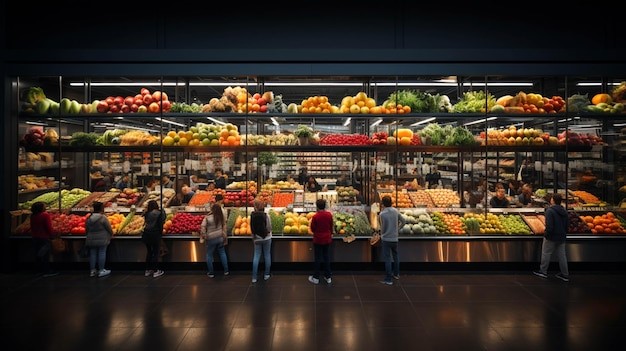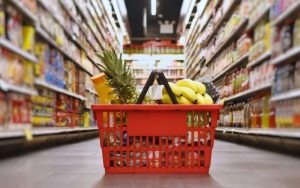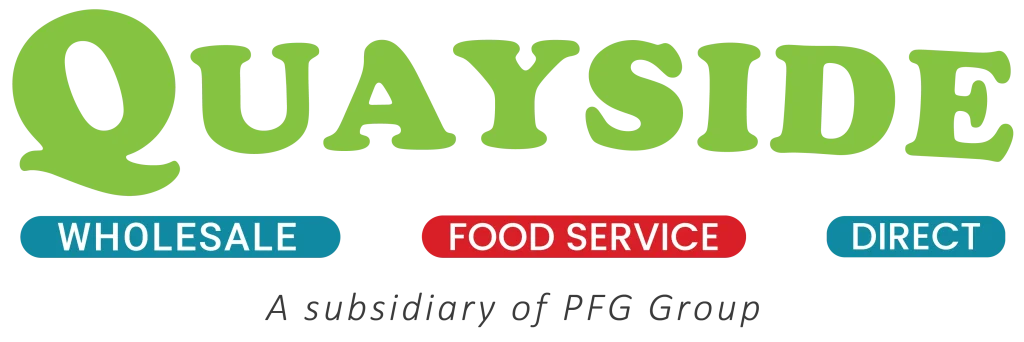The food supply chain is a complex system involving various players who ensure food products move from producers to consumers. Among these players, wholesalers, distributors, and retailers play crucial roles. Understanding the differences between these roles is essential for businesses, consumers, and anyone involved in the food industry.
Overview of Roles
- Food Wholesalers:
Wholesalers buy large quantities of products directly from manufacturers or producers and sell them in bulk to other businesses, such as retailers or food service companies. They typically operate in warehouses and handle a wide range of products.
- Food Distributors:
Distributors act as intermediaries between producers and retailers or food service operators. They purchase products in bulk, store them, and then deliver smaller quantities as needed to their customers. Distributors often provide additional services such as transportation and inventory management.
- Food Retailers:
Retailers sell food products directly to the end consumers. They include supermarkets, grocery stores, convenience stores, and online food shops. Retailers purchase goods from wholesalers or distributors and then sell them in smaller quantities to the general public.
Comparative Table
| Criteria | Wholesalers | Distributors | Retailers |
| Definition | Buy in bulk, sell to businesses | Middlemen between producers & retailers | Sell directly to end consumers |
| Role in Supply Chain | Link between producers & retailers/distributors | Link between producers & retailers/food service operators | Final link to consumers |
| Customer Base | Businesses (e.g., retailers) | Retailers, food service companies | General public |
| Volume of Goods | Large bulk quantities | Moderate quantities | Small, consumer-sized quantities |
| Transaction Type | B2B (Business to Business) | B2B | B2C (Business to Consumer) |
| Logistics | Warehouse storage, bulk transport | Distribution centres, delivery logistics | Retail store storage, direct sales |
| Advantages | Cost savings, bulk buying | Network reach, logistic support | Direct consumer contact, market insights |
| Challenges | Storage, demand forecasting | Coordination, relationship management | Competition, shelf space management |
Detailed Comparison
1. Role in Supply Chain
Wholesalers: Wholesalers serve as the first step in the supply chain after production. They buy products in large quantities directly from producers and then sell them to retailers or other businesses in bulk.
Distributors: Distributors bridge the gap between wholesalers/producers and retailers. They purchase large quantities from producers or wholesalers, store them in their distribution centres, and deliver smaller amounts to their customers.
Retailers: Retailers are the final step in the supply chain. They buy products from wholesalers or distributors and sell them directly to consumers. They are responsible for making the products accessible to the general public.
2. Customer Base
Wholesalers: Typically serve businesses such as retailers, restaurants, and other food service providers. They do not sell directly to the end consumer.
Distributors: Serve a variety of businesses, including retailers and food service companies. They play a key role in ensuring that products are available where and when needed.
Retailers: Serve the general public. They are the point of contact for consumers purchasing food products for personal use.
3. Volume and Transaction Types
Wholesalers: Handle large bulk transactions, offering lower prices due to the high volume of goods purchased. Transactions are primarily B2B.
Distributors: Deal in moderate quantities, balancing between large bulk from producers and smaller amounts for retailers. Transactions are also B2B.
Retailers: Sell smaller, consumer-sized quantities. Transactions are B2C, focusing on individual consumer needs.
4. Logistics and Storage
Wholesalers: Operate large warehouses to store bulk goods. They focus on efficient bulk transport to their business customers.
Distributors: Maintain distribution centres that facilitate breaking down bulk shipments into smaller deliveries. They manage complex logistics to ensure timely delivery to retailers.
Retailers: Use retail store storage to manage their inventory. They focus on stocking shelves and ensuring product availability for consumers.
Advantages and Challenges
Wholesalers
Advantages: Cost savings from bulk buying, ability to negotiate lower prices.
Challenges: Managing large inventories, predicting market demand.
Distributors
Advantages: Extensive distribution networks, providing logistical support.
Challenges: Coordinating deliveries, and maintaining good relationships with both producers and retailers.
Retailers
Advantages: Direct contact with consumers, gaining insights into consumer preferences.
Challenges: High competition, managing limited shelf space and inventory.
Real-World Examples
Wholesalers: Companies like Costco and Makro, which buy in bulk and sell to businesses at discounted rates.
Distributors: Firms like Pentagon Food Group and Brakes, which distribute food products to restaurants, hotels, and other retailers.
Retailers: Supermarkets like Tesco and Sainsbury’s, convenience stores, and online food retailers like Quayside Wholesale.
Read More: How to Prepare Your Retail Store for National BBQ Week
Conclusion
Understanding the differences between wholesalers, distributors, and retailers is crucial for anyone involved in the food industry. Each plays a unique and vital role in ensuring that food products move efficiently from producers to consumers. By recognising their distinct functions, businesses can make informed decisions about their supply chain strategies, ultimately benefiting the end consumer with better product availability and quality.





